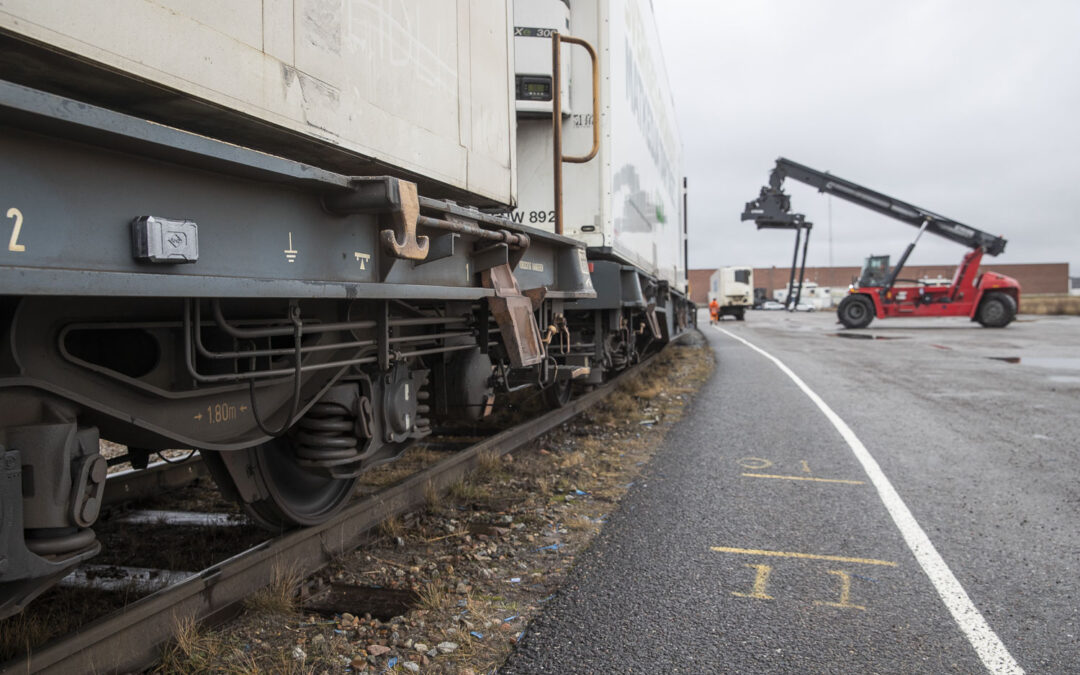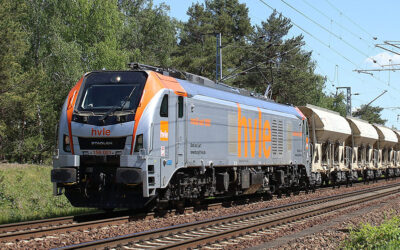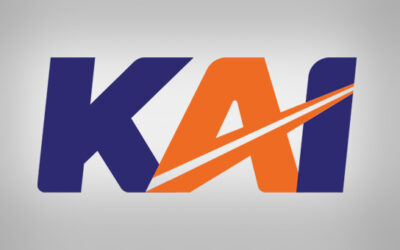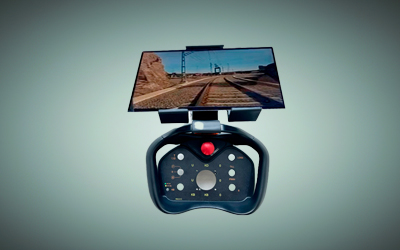Train eco-driving made possible with the PMU
Eco-driving reduces energy consumption and wear, minimises risks for damages and makes the journey more comfortable. With new PMU-functionality, this will become reality.
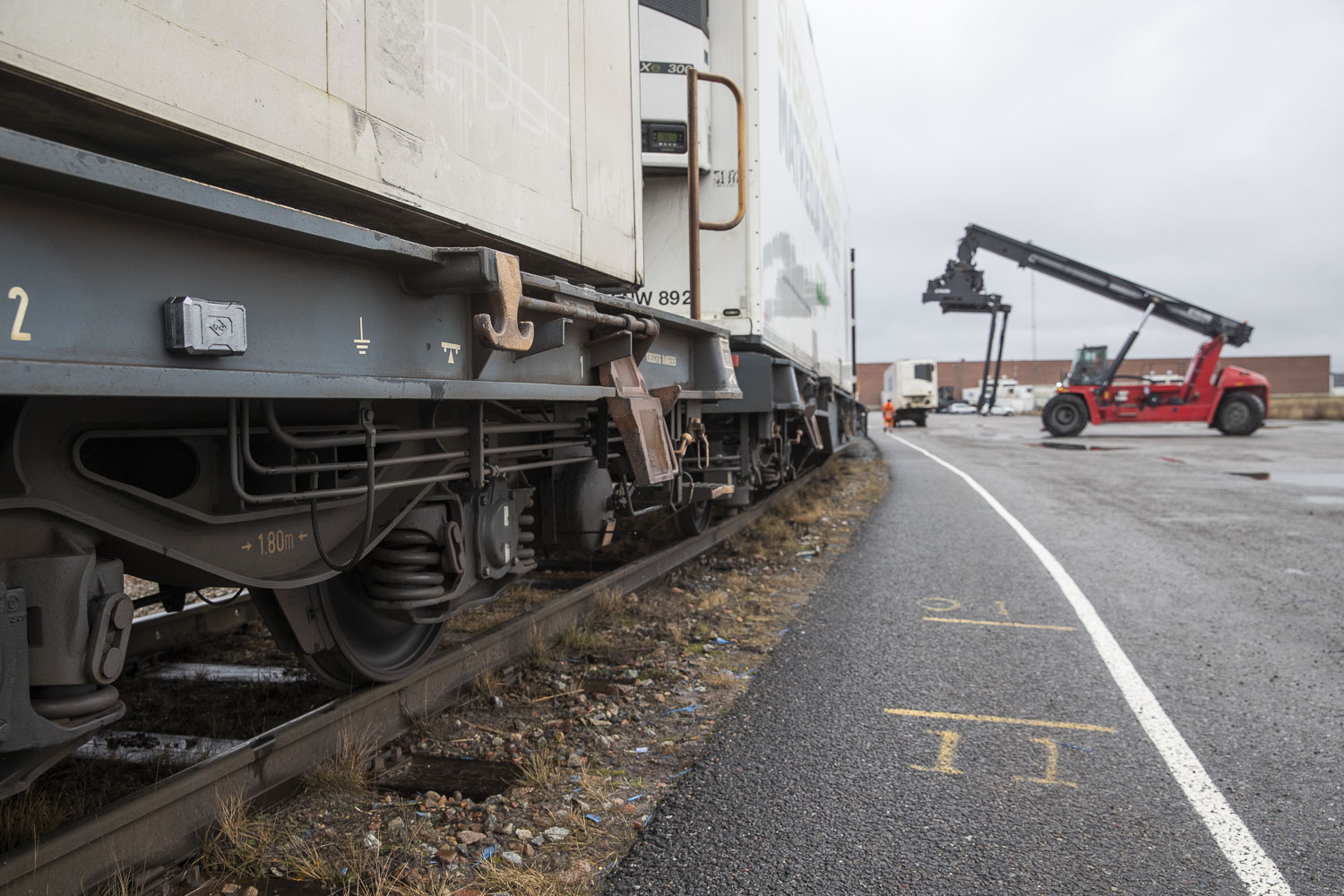
PMU on one of the TX Logistik vehicles.
PHOTO: KASPER DUDZIK
Different actors are working with eco-driving in the railway. But, as they are only working with the train’s total energy consumption, this essentially means that their eco-driving is equivalent to slower driving. In turn, this causes delays with ripple effects of punctuality throughout the railway.
We are now developing an eco-driving functionality in the PMU-sensor that will enable real eco-driving. By combining sensor data from the PMU with information from the train’s electricity meter, and feed the PMU data from the timetable, we will be able to give pedagogical visual feedback in the train drivers display – in real time. This enables the driver to drive the train as energy efficient as possible – but still on time.

When the timetable is tight, drivers may take actions only to gain a few seconds, for example hard braking, even though it may have severe effects. With the PMU the drivers will be aware of how their driving habits affects performance.
PHOTO: KASPER DUDZIK
The real-time PMU-feedback also makes it easier to drive the train smoothly. Giving the passengers a more pleasant ride and minimises the risk of cargo shifting. Smooth eco-driving also diminishes wear and tear on brake pads, couplings, wheels and other wear parts.
The development of the new PMU eco-driving functionality is under way. During late spring, we will initiate the first test by using the PMU in cars. Thereafter, we will roll out the update to our existing 30 test-PMUs that are mounted on TX Logistik’s vehicles. We also have ongoing discussions about tests with regional passenger rail operators.
More news
RMD Signs Agreement with HVLE
Havelländische Eisenbahn AG (HVLE) has chosen to test Railway Metrics and Dynamics’ advanced technology and products. First up is a pilot test of RMD’s rear-view camera.
RMD Deepens Collaboration with Indonesia’s KAI
RMD has taken another step in its collaboration with PT Kereta Api Indonesia (KAI). At a recent meeting in Bandung, Team Sweden and KAI discussed how RMD’s technology and products could enhance railway operations in the country and improve safety.
RMD Develops Mount for Display Screens on Remote Control Units
This invention enables further significant time savings, with improved visibility and higher precision when trains are maneuvered at terminals or yards.
